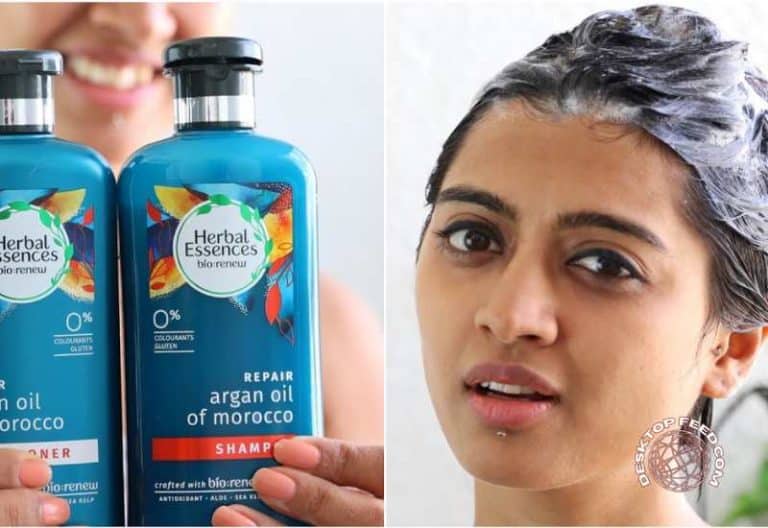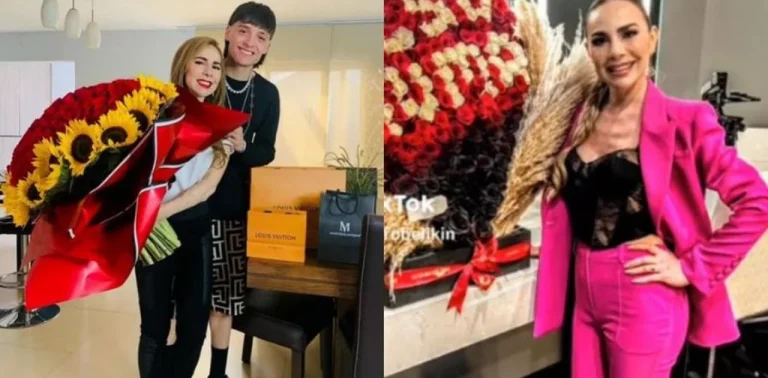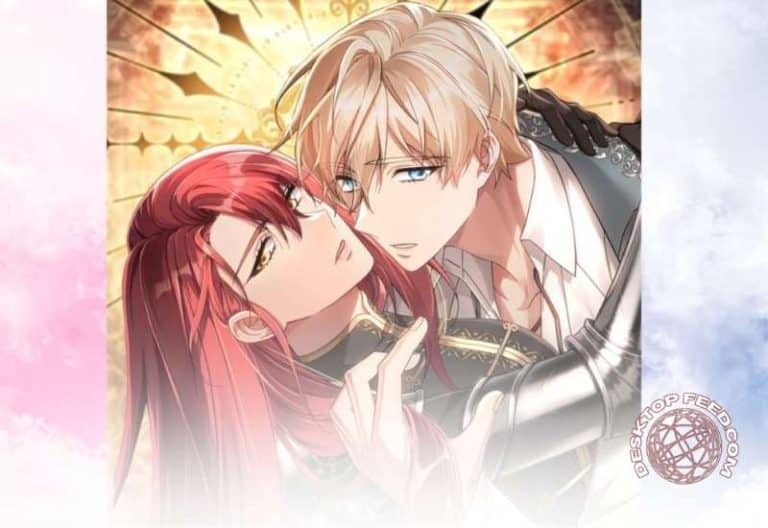What Colors Make Yellow ?
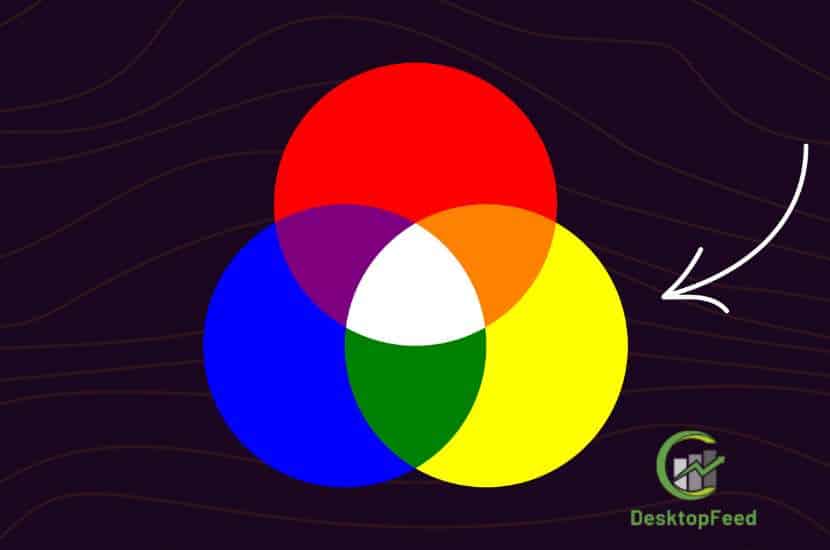
When people ask “what colors make yellow?” the honest answer is: it depends on what you’re mixing. In light, yellow is created by adding red and green light together. In paint and ink, yellow is a primary color in modern color theory, which means you can’t mix a clean, saturated yellow from other pigments—you need a yellow pigment to start. On screens, yellow is simply RGB(255, 255, 0). That’s the tweet… but let’s unpack it properly and give you practical recipes, designer tips, painter strategies, and real-world tricks.
The Short Answer
In Light (Additive): Red + Green = Yellow
Shine red and green light on the same spot, and your eyes perceive yellow. This is how RGB displays and stage lighting work: colors are added together to make lighter results.
In Paint/Ink (Subtractive): Yellow Is a Primary
With pigments, you’re subtracting light. The modern print/ink primaries are cyan, magenta, and yellow (CMY). Because yellow is a primary, there’s no clean “mix A + B = yellow” using other pigments. You can, however, create yellowish hues and optical illusions (we’ll show you how).
On Screens (Digital): RGB(255, 255, 0)
If you’re designing, #FFFF00 is textbook yellow. You can tweak HSL to shift warmth, saturation, and lightness.
Why This Confuses Everyone
Different Color Models (RGB, CMYK, RYB)
- RGB (light): Red, Green, Blue combine to make lighter colors; red + green = yellow.
- CMYK (print): Cyan, Magenta, Yellow primaries; black (K) adds depth.
- RYB (art classroom): Red, Yellow, Blue—handy for beginners but less accurate than CMY.
Optical vs Physical Mixing
- Optical mixing (pixels, pointillism, layers of transparent color) fools the eye into seeing new colors.
- Physical mixing (stirring paints) blends pigments, often reducing saturation.
Additive Color Mixing (Light)
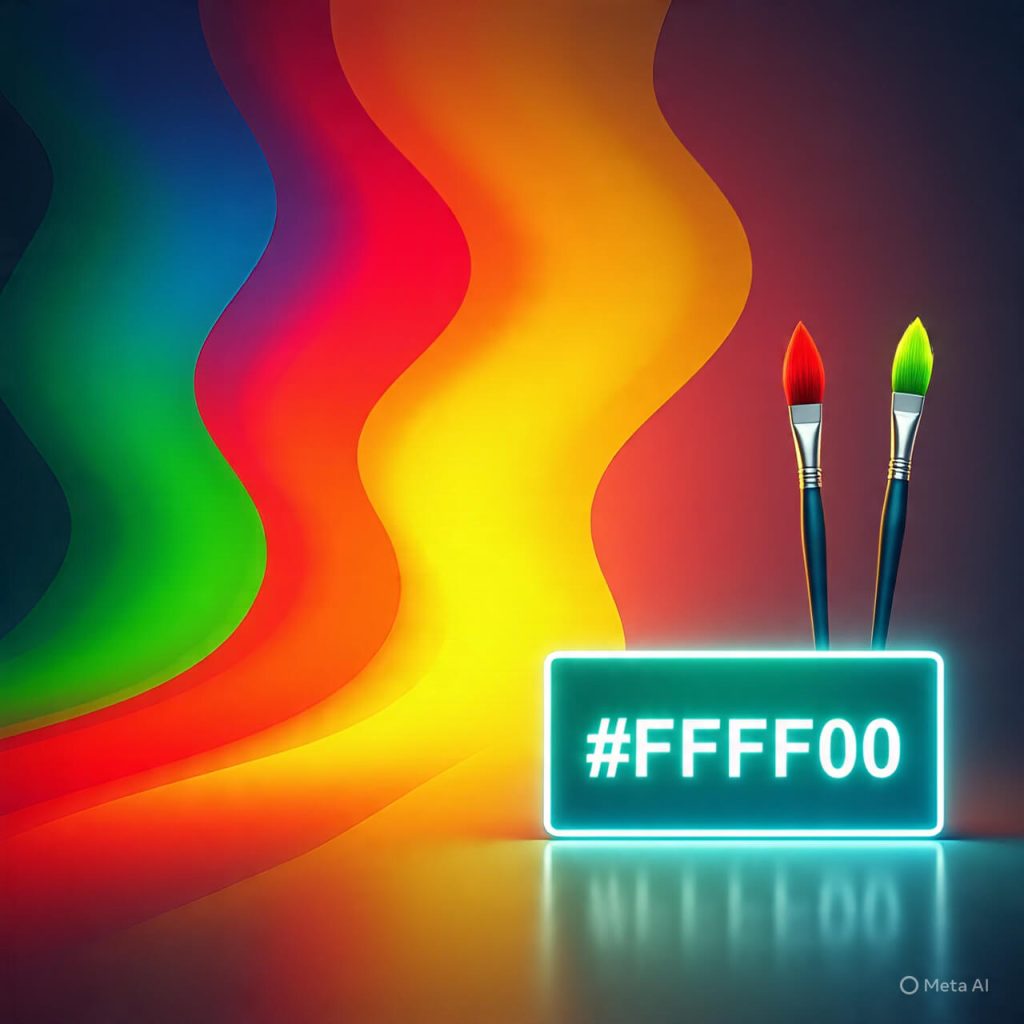
How Stage Lights Make Yellow
Aim a red spotlight and a green spotlight onto the same area: the overlap appears yellow. DJs and theaters use this every night.
Red + Green Beams: Why Our Eyes See Yellow
Your retina has cone cells tuned roughly to long (red), medium (green), and short (blue) wavelengths. Stimulate the red and green cones together, and your brain says “yellow.”
Try-This-at-Home Light Experiment
- Open a pure red image on one phone and a pure green image on another.
- Point both at a white wall in a dim room.
- Overlap the beams—where they meet, you’ll see yellow.
Subtractive Mixing (Paint, Ink, Dyes)
CMY Primaries and Why Yellow Stands Alone
In CMY, yellow filters out blue light but reflects red + green, which we perceive as yellow. That’s why it’s a primary: it can’t be mixed from other subtractive colors without losing clarity.
Why “Mixing Yellow from Other Paints” Turns Muddy
If you try to “make” yellow by mixing, say, orange and green, you’re combining multiple pigments that absorb different parts of the spectrum. The result is usually desaturated, brownish, or olive—not a bright yellow.
What You Can Do Instead (Glazing, Scumbling, Optical Tricks)
- Glazing: Lay a transparent yellow glaze over a light base to intensify brilliance.
- Scumbling: Dry-brush a thin veil of yellow over white for a hazy glow.
- Optical mixing: Crosshatch fine red and green lines—at a distance, many viewers read the patch as yellow (a painter’s version of pixel blending).
The RYB (Art Classroom) Model
Where Yellow Sits in the RYB Wheel
In RYB, yellow sits between green and orange. It’s your launchpad for warm sunlight or cool chartreuse.
Warming and Cooling Yellow
- Warm yellow: add a touch of red or orange (think golden sunset).
- Cool yellow: add a whisper of blue or green (think lemon peel).
Shifting Yellow Toward Orange or Green—Controlled Recipes
- Toward orange: Yellow + tiny red (cadmium red light or quinacridone). Go slow!
- Toward green: Yellow + tiny phthalo green or a touch of cyan. Micro-doses prevent dullness.
Practical Paint Recipes and Swatches
Warm Yellows (Cadmium, Hansa/Azo)
- Cadmium Yellow Medium/Deep: rich, opaque, great coverage for sunlit accents.
- Hansa/Azo Yellow Medium: transparent to semi-transparent, ideal for glazing and radiant layers.
Cool Yellows (Lemon, Bismuth)
- Lemon Yellow: crisp, slightly greenish; good for highlights and fresh foliage.
- Bismuth Yellow: stable, clean, fantastic for high-key palettes.
Darkening and Muting Yellow Without Mud
- Use its complement (a violet or purple) in tiny amounts to mute.
- For shadows, try yellow + burnt umber or yellow + dioxazine purple + white (used sparingly).
- Avoid piling in black straight away; it can green your yellow unintentionally.
Digital Color Cheatsheet
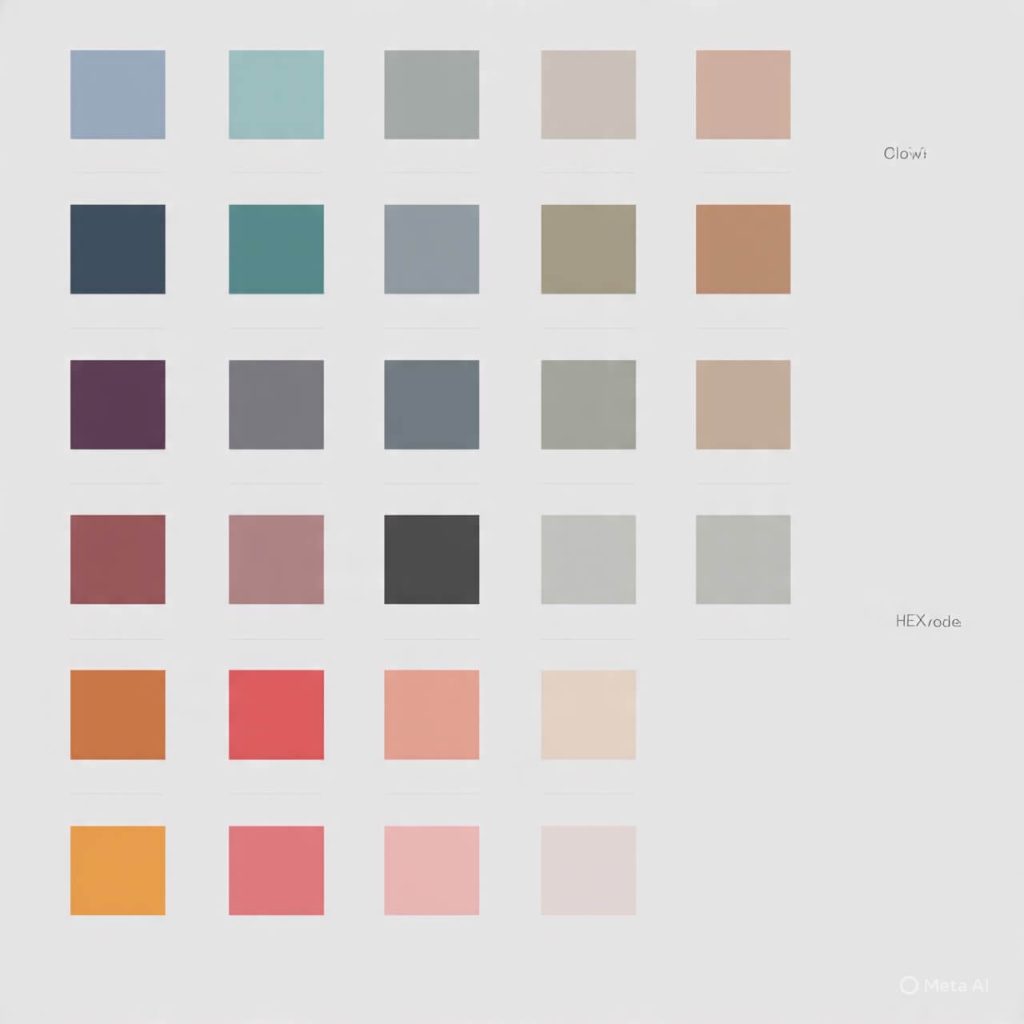
HEX, RGB, HSL for Common Yellows
- Textbook Yellow: HEX #FFFF00, RGB(255, 255, 0), HSL(60°, 100%, 50%)
- Goldenrod: #DAA520
- Warm Sunflower: #FFC107
- Soft Lemon: #FFF176
- Muted Mustard: #D4AF37 to #C2A200 (dial saturation down in HSL)
Brand-Friendly Yellows and When to Use Them
- High-impact CTA: use a vivid yellow with high contrast text (charcoal or black).
- Premium vibes: lean toward deeper, slightly desaturated yellows (mustards, golds).
- Gentle UI highlights: pale yellows with increased lightness (80–90% in HSL).
Optical Mixing & Illusions
Pointillism and Pixel Dithering to “Make” Yellow
Place tiny red and green dots side by side. Step back. Your eye may fuse them into yellow. Printers exploit this with halftone screens; digital displays do it with pixels.
When Red + Green Pigments Won’t Work but Red + Green Light Will
- Pigments absorb light; mixing them increases what’s absorbed, reducing saturation.
- Lights add energy; combining red and green adds to a brighter, yellow sensation.
Yellow Psychology & Use Cases
Branding and Marketing Signals
Yellow often communicates optimism, energy, and immediacy. That’s why it shows up in sale tags, delivery services, and youthful brands. Just don’t overdo it—too much yellow can feel anxious or abrasive.
UI/UX Contrast and Accessibility Tips
- Aim for strong contrast (e.g., dark gray or black text on yellow).
- For normal text, follow a 4.5:1 contrast ratio target; for large text, 3:1 is commonly used.
- Use yellow strategically for focus and feedback (alerts, highlights), not as a body-text background.
Interior, Fashion, and Photography Tips
Pairing Yellow with Neutrals
- Charcoal, navy, or walnut wood tones tame bright yellows.
- Soft whites make yellow glow without turning brash.
- Concrete gray modernizes mustard.
Managing Light Temperature (Warm vs Cool Bulbs)
- Warm bulbs (2700–3000K) enrich golden yellows.
- Cool bulbs (4000–5000K) sharpen lemon yellows but can drain warmth. Match bulb temperature to the yellow family you’re using.
Troubleshooting: Why Did My Yellow Go Muddy?
Contaminated Brushes and Cool/Warm Clashes
- Rinse and wipe brushes thoroughly before dipping into yellow.
- Mixing warm yellow with cool purple can neutralize faster than you expect—add in pinpoint amounts.
Complement Traps (Accidental Purple)
- Purple is yellow’s complement; it’s powerful. A tiny touch mutes; a bit too much kills brightness.
- If you overshoot, rescue with fresh yellow glaze over a dry layer.
Step-by-Step Exercises
Light Experiment (Phones/Flashlights)
- Open pure red on one screen, pure green on another.
- In a dark room, overlap the beams on a wall.
- Observe the yellow overlap and the gradient where intensities differ.
Paint Experiment (Glazing to Intensify Yellow)
- Paint a small white rectangle. Let dry.
- Glaze with transparent yellow (e.g., hansa/azo).
- Next to it, try mixing “yellow” from orange + green—compare.
- You’ll see the glazed yellow is cleaner and brighter.
Tools & Materials Checklist
Pigments, Mediums, and Lighting
- Pigments: Lemon Yellow, Hansa/Azo Yellow, Cadmium Yellow (per your safety/brand preferences).
- Additives/Mediums: Glazing medium (acrylic/oil), water (watercolor), retarder for blends.
- Surfaces: Smooth white ground for maximum yellow pop.
- Lighting: Neutral viewing light; adjust bulbs to match your yellow temperature.
Putting It All Together: What Colors Make Yellow?
- In light (additive), red + green make yellow.
- In pigment (subtractive), yellow is a primary—you don’t mix a pristine yellow from other paints.
- In digital, dial up R and G to 100% and keep B at 0 for a pure screen yellow.
Use optical mixing and glazing for brilliance, temperature shifts for mood, and contrast discipline for readability and impact.
Conclusion
So, what colors make yellow? In short: red and green light do, paint doesn’t (not cleanly), and digital makes it with R and G maxed out. Once you know which color system you’re working in—additive for light, subtractive for pigments, RGB for screens—the confusion evaporates. From there, yellow becomes a power tool: you can swing it warm for sunny golds, cool it for zesty lemons, glaze it for radiance, and pair it with strong neutrals for design clarity. Master those moves, and your yellows will stop fighting you and start working for you.
what colors make yellow / Everything you need to know about yellow shade
As yellow is the lightest color in the color spectrum, the colors that you mix with it will greatly influence the final color. This makes mixing with yellow a challenge. Warm colors tend to create warm yellows, while cool colors make the color more muted. When you mix yellow with blue, the result will be a greener shade of the same color. Likewise, green and blue will turn your yellow orange and brown. The same goes for the opposite.
Ideal Color
Yellow is an ideal color to combine with other colors. The primary color is the most accessible, making mixing with them very simple. Using these basic tips, you’ll soon be able to create many shades of the hue. And remember, knowing what colors make yellow the perfect color is invaluable for artists and professionals alike. It will be easier to achieve a unique, custom-made color scheme that fits your needs. And don’t be afraid to experiment!
Combination of Yellow
When combining colors to create a shade of yellow, it’s important to know how to balance them. The first step is to match the hues of the yellow and the blue. Then, mix the shades carefully and slowly. If you mix the two colors too much, the result will be a yellowish shade, but if you’re working with a bright shade of yellow, you should avoid adding too much blue to the color.
Importance of Yellow
Yellow is also important because it is the primary color of the rainbow. In addition to this, it’s also the most common color in nature. It is the most popular color of the rainbow and has the highest saturation. However, yellow is also one of the easiest colors to blend with other colors. In fact, you can create many different shades by blending two different shades of yellow. You can create an array of cool, vibrant shades by combining orange and green.
FAQs
1) Can I mix a bright yellow from other paints if I only have red, blue, and green?
Not a clean one. With pigments, yellow is a primary. Mixing non-yellow paints adds absorbance and typically yields a dull olive or brownish color. You’ll want an actual yellow pigment.
2) Why does red + green make yellow in light but not in paint?
Because light adds, pigments subtract. Red + green light stimulates your red and green cones together (you perceive yellow). Red + green paint compounds absorption—so you lose brightness and purity.
3) What’s the best way to make yellow darker without turning it muddy?
Try yellow + burnt umber for warm shadows, or micro-doses of violet to mute. Keep mixes minimal and test swatches first.
4) Which digital yellow is best for buttons and highlights?
Start with #FFC107 or #FFEB3B for friendlier, softer yellows. Always check contrast against your background and meet recommended ratios for readability.
5) How do I push a yellow warmer or cooler in paint?
Cooler: add a speck of blue or green.
Use tiny additions—yellow shifts fast and desaturates easily.
Warmer: add a pinch of red/orange.
For More Article Visit: Desktop Feed



